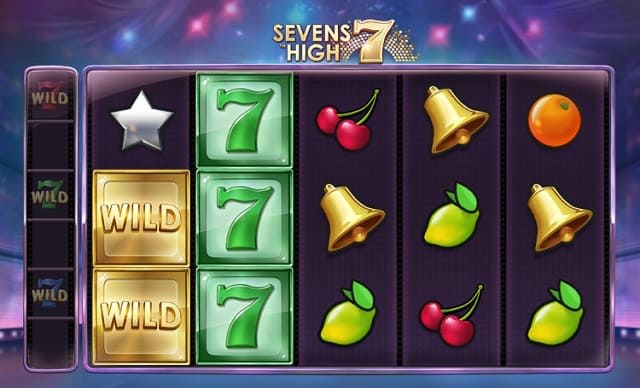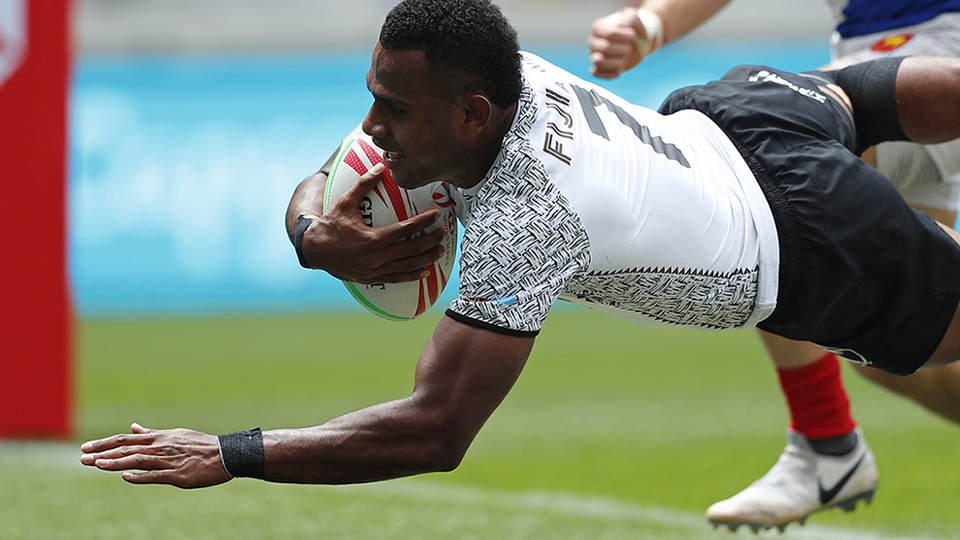Sevens High
Sevens high Quickspin. I confirm, that I am over 18. Play for Real at Top Rated US Casinos. Sloto Cash Casino. $31 Free + 200% - $1,5k + 100 FS. Terms & Conditions Get Bonus. Uptown Aces Casino. $20 No Deposit + 250% - $2,500. Terms & Conditions Get Bonus. Slots Capital Casino. Frankfurt am Main, city in western Germany that lies along the Main River about 19 miles upstream from its confluence with the Rhine River at Mainz. There is evidence of Celtic and Germanic settlements in the city dating from the 1st century BCE, as well as Roman remains from the 1st and 2nd centuries CE.
Introduction:
This project tested the student’s ability to think critically about how to properly code and debug simple games on MATLAB. High Low Sevens is a dice game in which the user guesses whether a pair of dice will total less than 7, more than 7, or exactly 7. If the user guesses correctly receive the same value of their bet to their purse. However, if they guess exactly 7 the winnings are multiplied by 4. To properly code a game like High Low Sevens a firm understanding of conditional statements, while loops, and a variety of functions such as “randi,” and, “input.” The soft skills required to code this game are a good understanding of algebra so that the winnings can be calculated, and simple planning is required so that the coder does not get lost amongst the sea of conditional statements that are required for the game to function. This page includes a High-Low-Sevens user manual and an in-depth description of the program.
Play Sevens High Slot Games Casino Slots Twin.
High Low Sevens User Manual:
High Low Sevens is a dice-based game of chance, in which the user bets on the “roll” of a pair of dice. The user can bet that the dice will total less than 7, greater than 7, or exactly 7. Rewards for correctly calling high or low result in a 1:1 bet for reward, while a correct call of exactly seven results in a 1:4 bet to reward ratio. Incorrect calls are all 1:1 bet to loss ratio. The game is a game of strategy, but ultimately each game is held in the hands of lady luck herself!
Sevens High is a trip down memory lane, when slot games were all flashy and extravagant and lacked any sort of complex universe of backstory. The background of the game resembles a stage, a night club or the inside of a space ship. Sevens high - Casino Online Info.
- To begin a game of high low sevens type 1 into the main menu of the retro game box and press enter.
- The command window will then welcome the user to the game and ask for the user’s name.
- Next, the game will ask the user if they are “ready to roll,” to begin type 1 and press enter. To go back to the main menu, press 0 and hit enter twice.
- After, beginning the game each player begins with a $25 purse from which they can make bets. The program will ask the user for their bet, which must be less than or equal to the user’s purse and negative values will not be accepted.
- After a bet is placed the program will ask the user what their call is. The user can call the roll will be low (user types “0”), exact (user types “1”), or high (user types “2”).
- After typing their call and hitting enter the computer displays an image of the dice rolled as well as showing the numerical roll and sum in the command window.
- The program then shows the user their winnings or losses as well as their new purse.
- The program will ask if the user wants to continue and if yes is chosen the user is asked for their new bet based on their new purse and the cycle repeats.
- Users can play until they have run out of money or at the end of any roll they may quit and return to the main title page.
High Low Sevens Program Description:
High Low Sevens runs primarily on a few simple MATLAB commands and loops.
- When HL7s begins, the program prints a welcome message to the screen and asks the user for their name. Using the input command and specifying the input as a string MATLAB takes the users name and stores the string to the variable “name” for use later in the program.
- Next, the user is asked if they are, “ready to roll.” The user’s response is saved to the variable “Begin” which is evaluated by a conditional statement. If begin is equal to one the program enters the game loop. If zero is 0 then the program skips the loop and exits the game.
- Next, the user sees the variable “purse” which is the calculated value of the player’s winnings Also, the variable “purse” is equated to the variable “total” at this end of the lop to aid in calculations later on in the game. At this time, the user is also prompted for their bet which is stored in the variable, “BetValue.” BetValue cannot exceed the value of the purse. If such a value is placed the screen prints an invalid bet message and asks for a new input.
- After a bet has been placed the user is prompted for their call, a 0 for low, a 1 for even, and a 2 for high. This value is stored in the variable,” call” and no values other than 0,1,2 are accepted.
- After the information from the user is gained the program then loads images of dice provided from the ENGR 181 SDP resource page. Next, the function “randi” is used and bounds are placed so that the function can only pick a number between 1 and 6 two times corresponding to two six-sided die. These separate rolls are stored in the variable roll. Next, the variable “SumRoll” is calculated by adding together the two rolls. Lastly, the program runs the function “imshow” which displays the images of two dice corresponding to the randomly rolled dice.
- Next, the program compares the variables “SumRoll” and “Call” using the operators &, =, >, <, as well as using a variety of “if” and “elseif” statements which correspond to wins and losses for the user based on their call and the randomly rolled die.
- Under each conditional statement, a message of congratulations or condolences is printed to the screen and the variable Purse is recalculated by adding or subtracting the “BetValue” from the variable “total.” The screen also displays the total winnings or losses of the player from that roll.
- Next, the player is shown their new purse and offered a chance to continue and play with their new purse or if the purse is 0 the game ends by changing the value of the variable “Begin” to 0 and the message bust is displayed with the player is returned to the screen. If they continue the while loop restarts from the top and the player continues to play the game with their new purse.

List of variables and functions used in HL7s
Functions:
“clear”: Clears the variables stored in the workspace.

“clc”: Clears the command window.
“fprintf”: Displays a message to the screen.

“input”: Displays a message and asks the user to input a value.
“load”: Loads a data file to the program that is saved to a variable.
“randi”: Tells the program to choose a random number or numbers based on given constraints.
“imshow”: Shows the user an image called from a file in the Matlab directory.
“if, elseif, else”: Sets up conditional statements to tell the computer to run different code based on the set conditions.
“while…end”: A while loop tells the program to continue looping code until a specific constraint is met.
Variables:
Name: Stores the string that the user inputs as their name.
Sevens High Slot
Begin: The variable used to “begin” and stay in the while loop that allows the user to continue playing.
Purse: Stores the players current total in dollars that can be used to play.
Total: Flexible variable used to calculate the total money the player has after the dice have rolled.
Sevens High Waisted Jeans
BetValue: Stores the value of the bet placed on the roll by the user.
Call: Numerical representation of the users guess on the sum of the dice.
Sumroll: Calculates the sum of the two dice rolls so they can be compared.